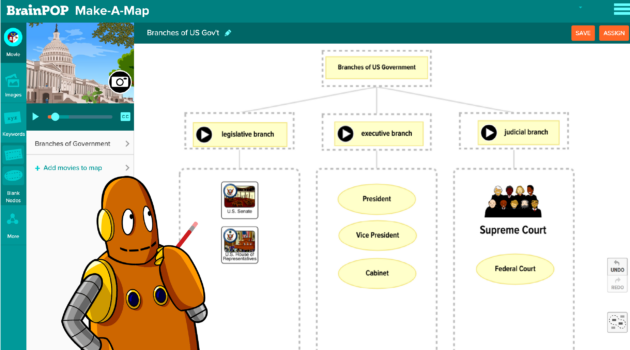Teaching Strategies
5 Ways Teachers Can Practice Self-Care

Teaching has always been a challenging profession, but as COVID-19 continues to disrupt schools worldwide, teachers have been put under pressure like never before.
Even prior to the COVID-19 outbreak, the issue of mental health for teachers was gaining visibility, with research declaring teaching one of the most high-stress jobs in the U.S. Now, the extraordinary circumstances of a global pandemic have made self-care more important than ever.
Why Teachers Should Prioritize Self-Care
Most teachers are, unsurprisingly, used to putting students’ needs before their own. While this dedication is admirable, with the new pressures of teaching in the COVID-19 era, it’s critical that teachers don’t neglect their own mental and emotional well-being.
The bright side is that this can also give you the opportunity to model healthy self-care habits for your students. As you practice self-care yourself, you may feel inspired to start conversations with your students about how they can take care of their mental health or even lead simple exercises like mindful breathing.
For next steps to get started on your self-care journey, consider these five tips:
1. Establish Boundaries
Creating healthy boundaries on your time and energy may be one of the toughest changes to make, but it’s also one of the most important.
One of the benefits of virtual learning is that schedules are more flexible, allowing you to tailor your approach for individual student needs. However, flexibility must be balanced with reasonable limits on your time so that you’re not left answering emails 24/7.
Outside of regular check-ins or meetings, consider letting students and parents know what time you respond to emails each day, or simply tell them they can expect a reply within 24 hours. And when it comes to taking on extra work, remember that you’re allowed to say “no” sometimes.
2. Give Yourself Grace
This may be a hard pill to swallow for all the perfectionist teachers out there, but the fact is: so much of this situation is out of your control, and blaming yourself for what you can’t control won’t help you or your students.
For most teachers, this is uncharted territory, and everyone is learning on the job. Do what you would tell your students: Aim to do your best every day (reminder: your best will look different on different days), and don’t expect anything more of yourself than that.
Teaching has always been a labor of love, but don’t forget that you deserve love, too.
3. Create New Goals
We can also agree that this isn’t a normal year, so why would you hold yourself to a normal year’s goals?
Instead of comparing your performance to previous years and stressing about falling short, reassess what’s achievable in your current setup, and focus on those goals. It can also be a good time to rethink what’s really important for your students to learn, which could mean incorporating more social and emotional learning into your lessons, or even creating lessons that respond to current events.
Whatever your new goals are, make sure to celebrate your successes along the way—no matter how small. Teaching is hard, especially now, and every step forward is a victory you deserve to take pride in.
4. Take Care of Your Body
Many teachers are used to being on their feet all day—standing to teach a lesson, moving around the room to help students, shepherding kids between classes, and more. Now, if some or all of your teaching is done virtually, you will need to be intentional about moving your body throughout the day.
Try leaving yourself sticky notes or set reminders on your phone to get up and stretch your legs every hour or so, as well as to drink water, eat a healthy lunch, and even get some fresh air if possible.
If you have time boundaries in place, you can also make sure you finish in time to get a good night’s sleep. Switching “off” and allowing yourself enough time to recharge is not only essential for your teaching motivation, but also for your long-term health.
5. Keep a Journal
If your routine is different this year, your teaching strategies have likely changed as well, and you may not be able to rely on previous experience as much as you’d like. By journaling, you can take your jumble of thoughts—all your questions, worries, ideas, notes, etc.—and process them on the page.
Start by writing down everything you do throughout the day, and make note of what works and what doesn’t. That will allow you to review at the end of the day and make adjustments as needed. You can also just write your own thoughts and feelings, with an entry to start and/or end your day. Expressing yourself this way can help you find clarity and release as you get your feelings out of your head and onto the page.
Above all, remember that you’re not alone in this. If you can, reach out to fellow teachers and share your experiences. Teaching has always been a labor of love, but don’t forget that you deserve love, too.
Related Articles






